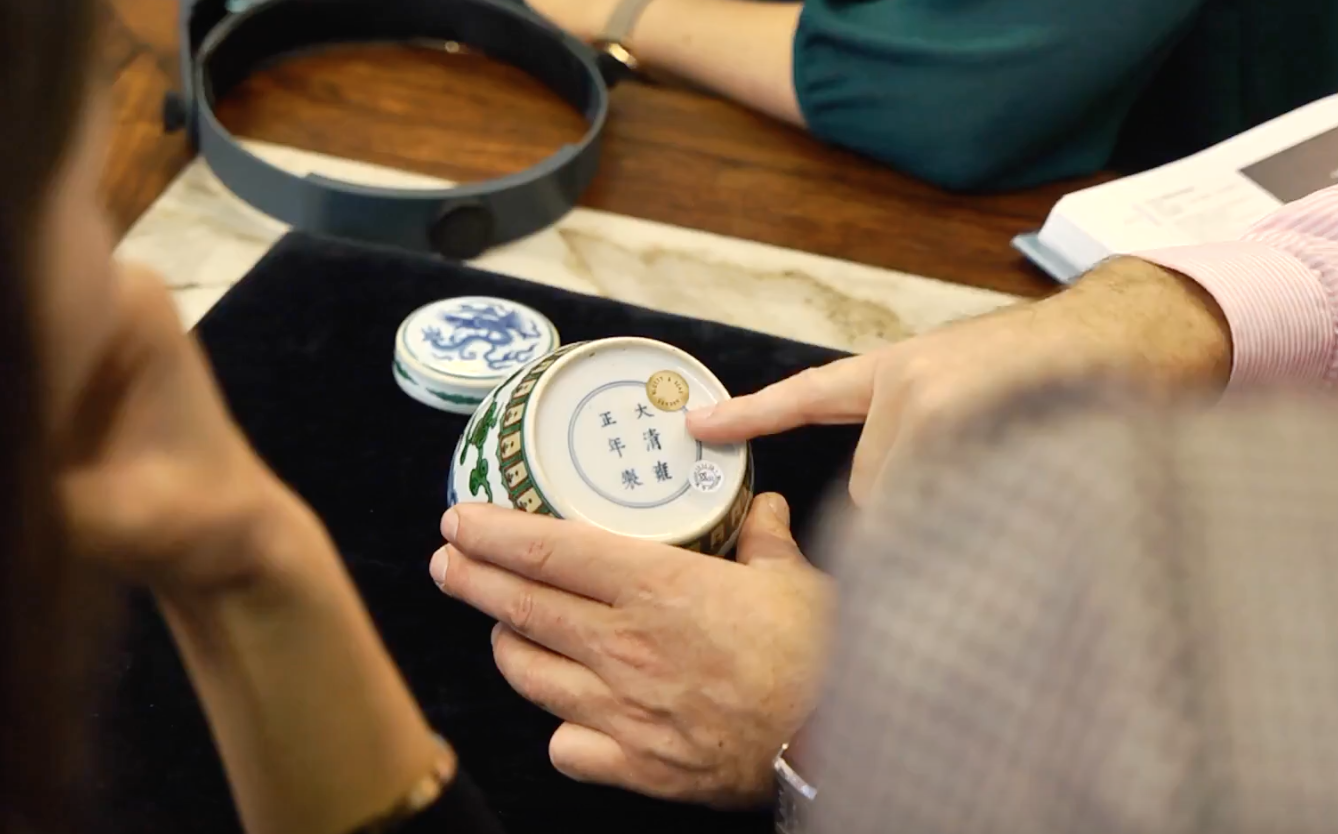Object of the Month - Hester Bateman tea caddy
1st July 2024The strong sense of entrepreneurship of Hester Bateman (1709-1794), one of Britain’s most famous silversmiths, fostered a flourishing family business after the death of her husband in 1760.
When John Bateman died, his widow Hester inherited her husband’s tools and workshop then went into partnership with two of her sons and her husband’s apprentice, John Linney, quickly rising from a lowly background with no formal education to successful businesswoman.
Key to Bateman’s success was the integration of contemporary technology into her production processes, combined with the use of the popular Neoclassical style and the ability to produce a wide variety of silverware in response to burgeoning middle class demand. While it was not uncommon for women to learn the silversmith trade at the time, only widows were permitted to use their initials alone in a maker’s mark. Hester Bateman registered her first maker’s mark with London Goldsmith’s Hall in 1761 (HB in script) but much of the work produced by the family’s workshop was commissioned by other silversmiths then over-stamped with the retailer’s mark.
It wasn’t until 1774 that Hester’s shop became successful and well-known, coinciding with the availability of pre-prepared, lightweight sheets of silver produced by steam powered rolling machines. By making use of cost-efficient materials and machine decorating processes, Bateman focused on making, decorating and finishing products for sale, even managing to compete with a newly emerging trade in Sheffield plate. Output from the Bateman workshop included popular domestic items such as coffee pots, tea urns, cruets, teapots, salvers, goblets, salts, sugar tongs, and flatware as well as trophies and religious items, while other firms tended to specialise more narrowly. The high quality, competitively priced goods appealed strongly to the expanding tea-drinking middle class of the early Industrial age. Hester ran the business successfully for 30 years before retiring, while her descendants ensured that the business continued to thrive through to the mid 19th century.
This George III tea caddy by Hester Bateman (London, 1784) is not only an attractive example from her workshop, with distinctive bright cut decoration and delicate beading, but also carries a very rare duty draw-back mark. The duty draw-back mark was applied to represent the repayment of duty for exempt items that were being exported. The mark was first used on the 1st December 1784 then discontinued on the 24th July 1785 because of the damage caused to the finished product. Due to the infrequent use of the mark, it is considered very rare.
Consigned from a private collection, it featured in the Silver and Objects of Vertu auction on 16th and 17th July, selling for £2,268.




